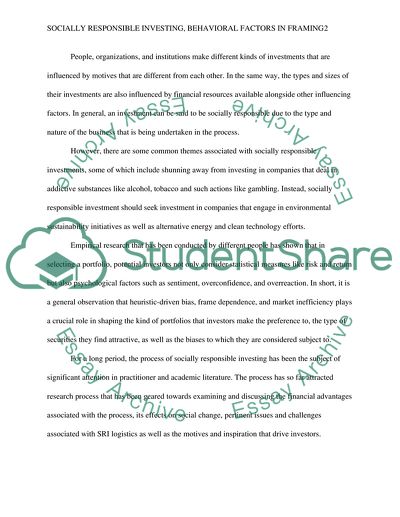Cite this document
(“Socially Responsible Investing Research Paper Example | Topics and Well Written Essays - 1750 words”, n.d.)
Retrieved from https://studentshare.org/finance-accounting/1651583-socially-responsible-investing
Retrieved from https://studentshare.org/finance-accounting/1651583-socially-responsible-investing
(Socially Responsible Investing Research Paper Example | Topics and Well Written Essays - 1750 Words)
https://studentshare.org/finance-accounting/1651583-socially-responsible-investing.
https://studentshare.org/finance-accounting/1651583-socially-responsible-investing.
“Socially Responsible Investing Research Paper Example | Topics and Well Written Essays - 1750 Words”, n.d. https://studentshare.org/finance-accounting/1651583-socially-responsible-investing.


